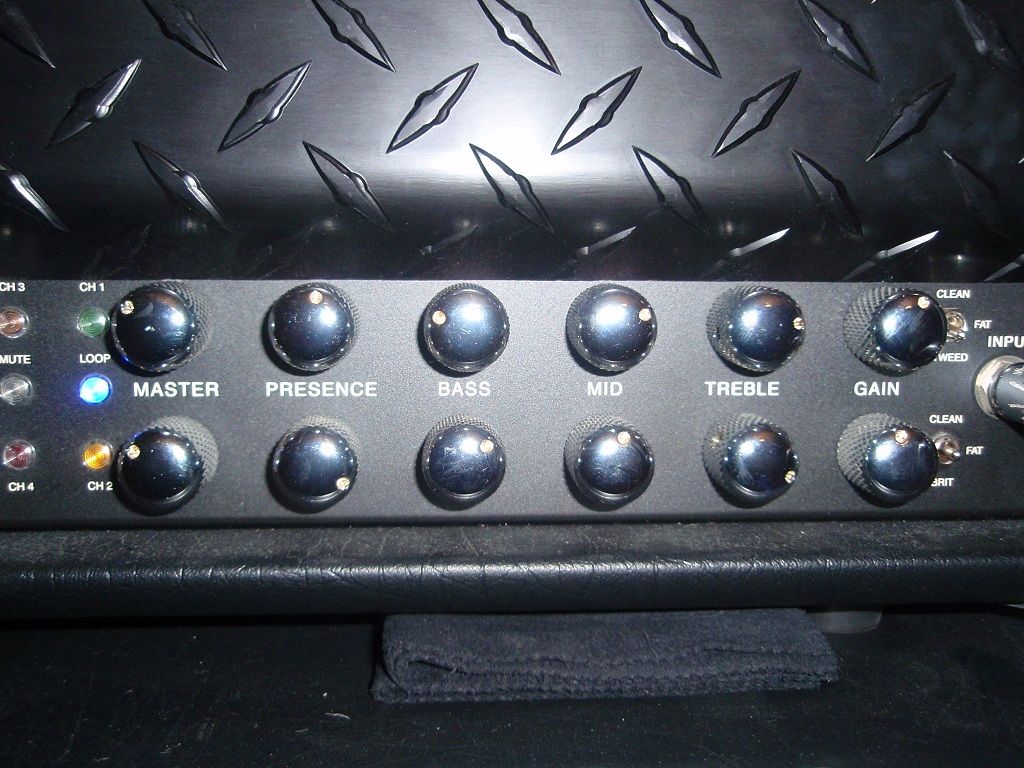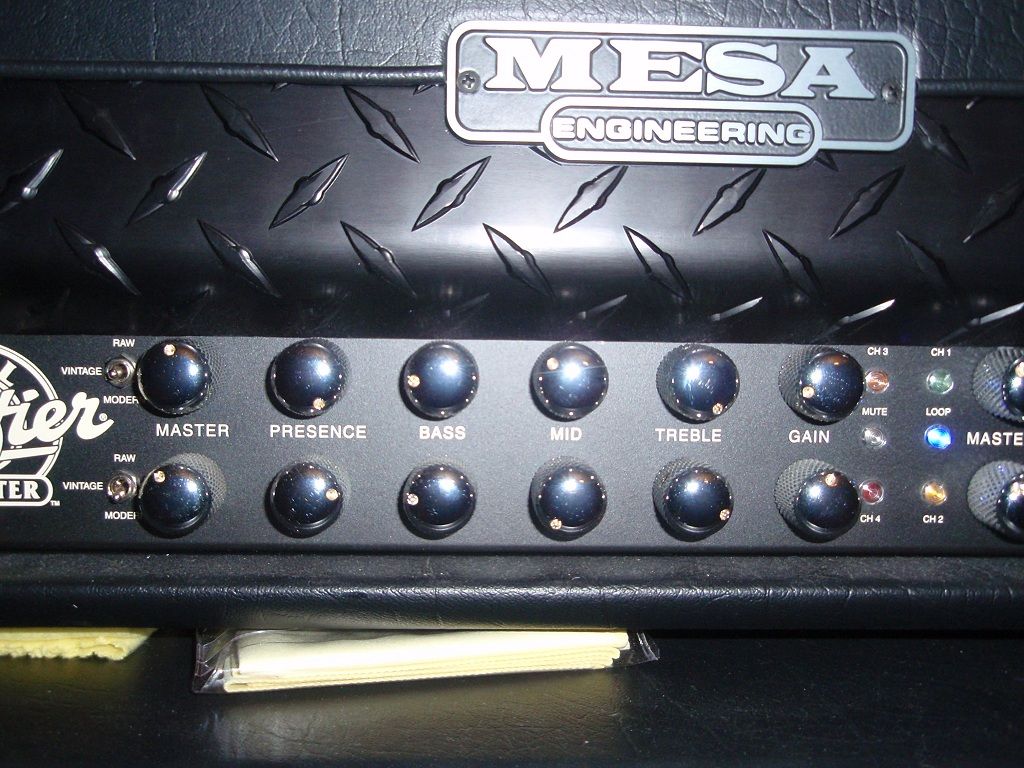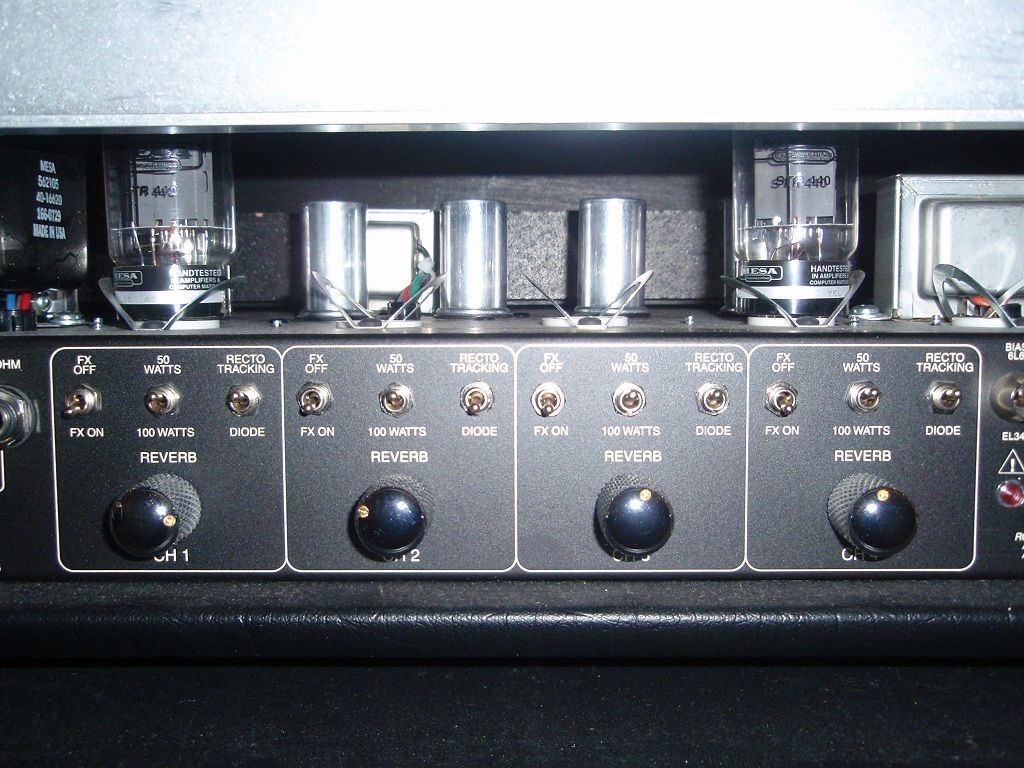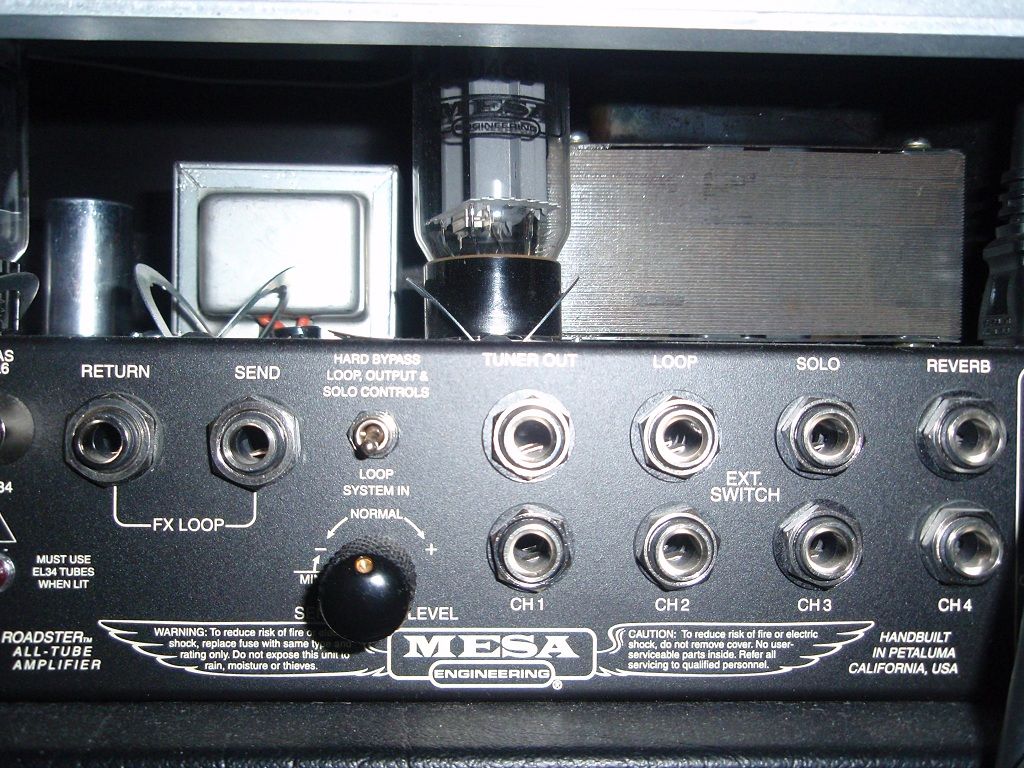guitarrhinoceros
Well-known member
npo12354 said:Anyone have any idea of what pedal Chris or Dave used to use for solo's? Specifically the days when they played with the 3ch DR's. It seems that Chris has changed his pedals so many different times over the years that I haven't really been able to narrow down what he used during his time with the DR's.
Live, Dave doesn't really use many pedals. He just uses a stock MXR Phase-90, Boss DD-3, Boss Analog Delay pedal, and a tuner. He did use a Rat for a long time as well, and even had a Keeley Kitana on his board at one point. Considering Dave doesn't really do much soloing back when he used a Rectifier, I don't think he had a specific pedal dedicated for such uses.
Chris on the other hand has gone through a lot of pedals. Off the top of my head, I remember him using a lot of Fulltone boosts and gain pedals when he had his Rectifier rig.







